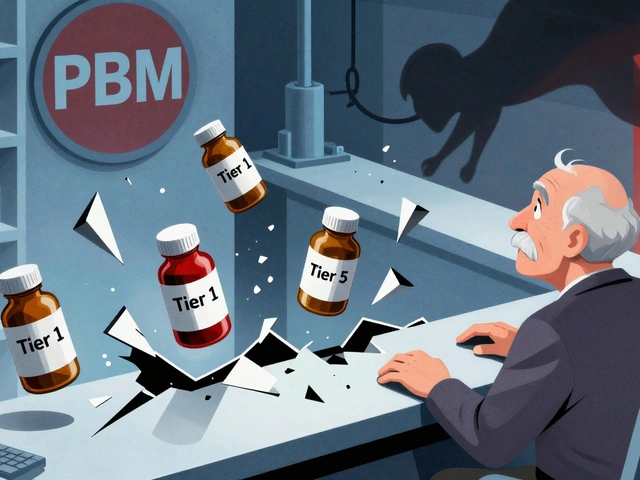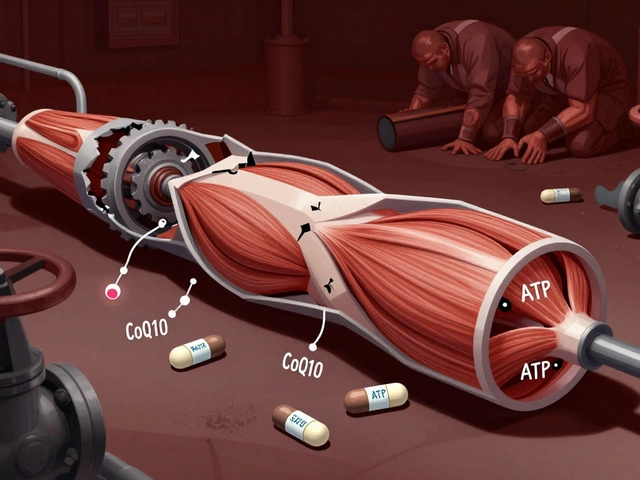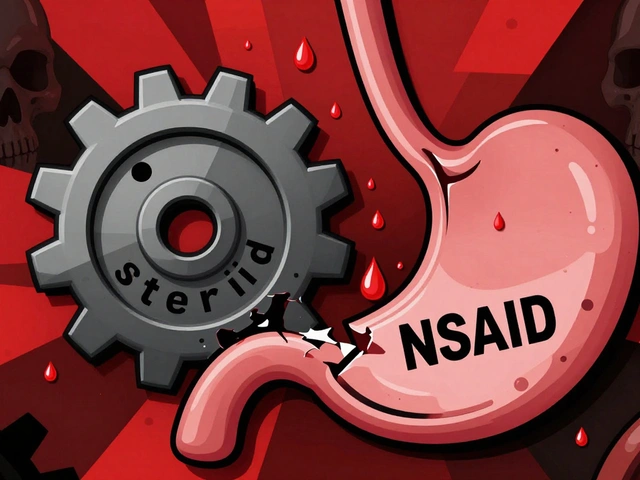Bacterial Biofilms: How They Form, Why They Resist Treatment, and What You Can Do
When bacteria stick together and cling to surfaces — like catheters, implants, or even your teeth — they don’t just float around as lone cells. They build bacterial biofilms, structured communities of microbes encased in a protective slime layer that shields them from drugs and immune attacks. Also known as microbial biofilms, these colonies are behind most chronic infections you’ve never heard of. Think of them as bacterial cities with walls, roads, and even communication networks. Once they form, regular antibiotics often fail because the slime blocks drugs from reaching the inner cells, and the bacteria inside slow down their metabolism to survive.
These bacterial biofilms, are not just a dental problem — they’re a major reason why infections like chronic sinusitis, urinary tract infections from catheters, and wound infections won’t go away. They also form on medical devices like joint replacements and pacemakers, turning them into hidden infection hubs. Even when you take antibiotics, the biofilm protects the core bacteria, letting them regrow after treatment ends. That’s why some infections come back again and again — not because the drug didn’t work, but because the biofilm never got touched.
What makes this even trickier is that antibiotic resistance, often grows faster inside biofilms because bacteria share genes through their close contact. Also known as multidrug-resistant infections, these are why doctors sometimes need to remove infected implants instead of just prescribing more pills. Biofilms also thrive in low-oxygen environments, like deep wounds or the lungs of cystic fibrosis patients, making them hard to reach with standard treatments. Researchers are now testing new ways to break them down — enzymes that chew through the slime, probiotics that outcompete bad bacteria, and even light-based therapies that target the biofilm structure.
You won’t find a single magic bullet yet, but knowing biofilms exist changes everything. If you’ve had an infection that kept coming back despite antibiotics, it might not be your body failing — it could be the biofilm winning. The posts below dive into real cases where biofilms played a hidden role: from how certain antibiotics fail to treat chronic infections, to why some medications cause swelling because of underlying biofilm-driven inflammation, and how researchers are testing new ways to disrupt these microbial fortresses. This isn’t theoretical — it’s happening in hospitals, clinics, and homes every day.

How Cefuroxime Can Help Treat Biofilm-Related Infections
Cefuroxime can help treat some biofilm-related infections, especially when used in combination with other therapies. It's not a cure-all, but it's a useful tool for specific bacterial strains and infection sites like sinuses and urinary tracts.
read more




